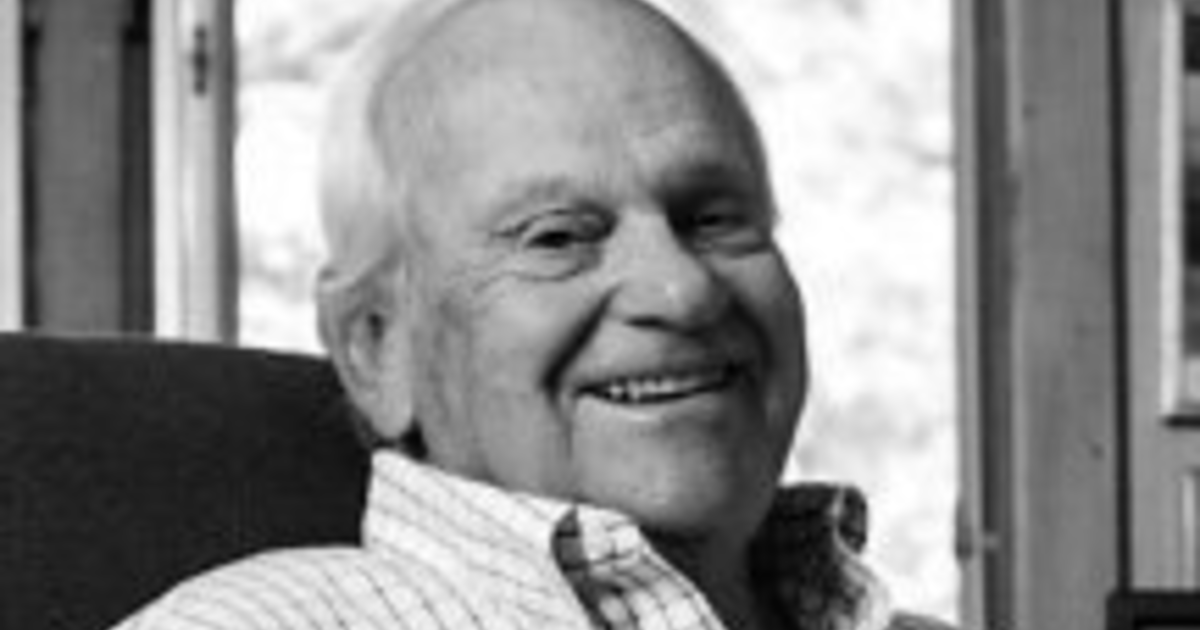Lessons Learned From The Deadly 1995 Heat Wave
CHICAGO (CBS) -- It was during a July heat wave sixteen years ago when Chicago was shocked by the weather's toll.
As WBBM Newsradio 780's Regine Schlesinger reports, the heat wave was blamed for about 750 deaths between July 12 and July 16. The temperature rose to 106 degrees on July 13, and remained in the 80s at night.
LISTEN: Newsradio 780's Regine Schlesinger reports
Podcast
CBS 2's Bill Kurtis reported that a week after the heat wave, it seemed like any other summer in Chicago at first. The sun rose each day and the heat set in, shimmering at ground level and scorching the skyline.
By July 12, it hit 97 degrees and kids were playing in open fire hydrants. But when it hit 106 the following day, city services started to unravel.
The open hydrants caused water pressure to drop throughout the city, and 23 cooling centers had to close.
On July 14, it was another 100-degree day. Navy Pier was beginning celebrations for its grand reopening as what would become the state's top tourist destination, but the festivities were overshadowed by the sweltering misery.
Then-Mayor Richard M. Daley simply counseled common sense, and stated the obvious.
"It's hot. It's hot out there. We all walk out there. It's very, very, very hot," he said.
But the heat continued unabated into the weekend. It was no longer an amusement or a mere nuisance, but a full-fledged killer.
The bodies started coming Friday evening, and by Saturday, the Cook County Morgue was overflowing, and refrigerator trucks had to be brought in to store the dead. Workers averaged 13 autopsies an hour, and still, the bodies kept coming.
As the body count rose, questions began to surround City Hall. Why didn't the city Health Department ever call a formal emergency? Why didn't the city use the catastrophe plan that was already in place? Why didn't police units work overtime and reach out to seniors?
"The loss of one life should outrage all of us. We should look at every level of support to see where service and care for the victims who died during this crisis could have been improved," Daley said.
Soon afterward, Daley named 18 members to a new Commission on Extreme Weather Conditions, with a goal of preventing anything similar from happening again.
In 2002, sociologist Eric Klinenberg released the book, Heat Wave: A Social Autopsy of Disaster in Chicago. He says many lessons have been learned since 1995.
"The city government in Chicago does many things much better than it did in 1995," he said. "It now has a list of people it reaches out to, and tries to help in the event that there's extreme weather. It puts emergency public health warnings that the media takes seriously."
Climatologist Larry Kalkstein says areas of the country that deal with constantly oppressive heat are less vulnerable than places such as Chicago and New York.
"When you're just not used to it," he said. "We find that the early heat waves kill many more people than later heat waves later in the season."
Kalkstein says the city's improved response to extreme heat is saving lives.



